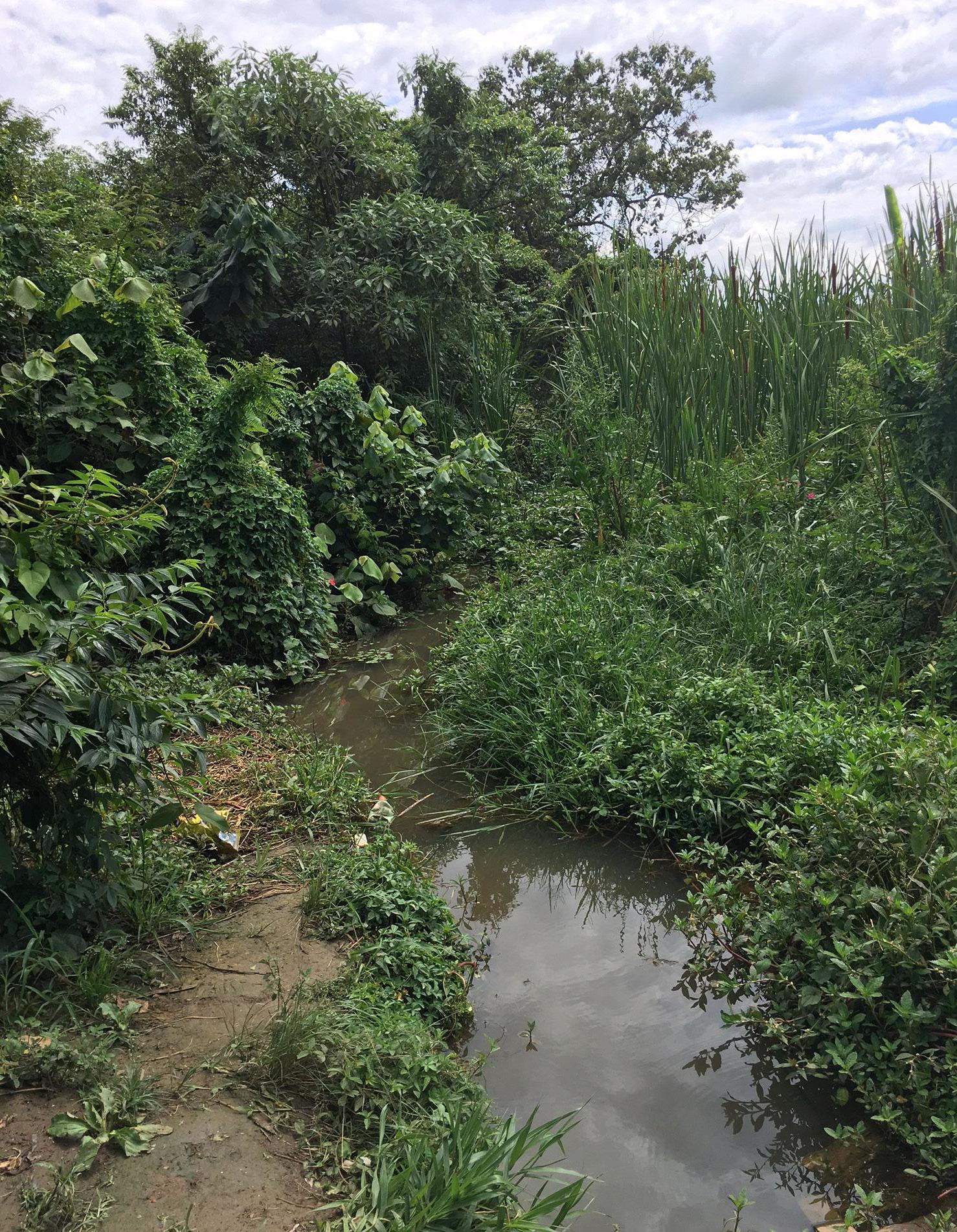
1 minute read
Recommendations
Our recommendations are composed of two phases: a shortterm plan within five years, and a long-term plan afterwards. The short-term plan aims to protect the natural environment from negative human impacts, while the long-term’s goal is to enhance positive human interactions with the nature.
105 (left) Image from the Site.
A traditional way to cope with water pollution involves three components: prevention, treatment, and management (Pollution Prevention (P2), 2017). These components work to prevent pollution from the very beginning, addressing pollution with technical skills and management skills. The Taubman Team and the clientpartner believe that the Creek Revival plan should fulfill three goals: reduce pollution, protect the environment, and improve human interactions with nature. Based on these goals, we developed the recommendations below.
The Taubman Team envisions short term and long term plans. The shortterm plan prioritizes pollution reduction and environmental protection. Strategies include: creating a forested riparian buffer, constructing wetlands, reforestation efforts, environmental education programming, and the establishment of a Creek Revival Steering and Managing committee. The long-term plan prioritizes environmental protection and human interaction with the site. The Taubman Team proposes landscape designs to enhance human interactions with nature, including a riparian sidewalk system with pocket parks.
TIMELINE
Once implemented, forested buffers require 5-10 years to successfully improve the environment (Klapproth and Johnson, 2001). The Taubman Team suggests a five-year recovery period during stage one as the springs site is relatively small and the local climate permits quick vegetation growth. Water quality needs to improve before moving to stage two (Osborne and Kovacic, 1993). Success in stage one depends on the Ocupação Anchieta Association (the Association) coordinators’ and residents’ continuous commitment to revitalize the creek. If the environmental problems with waste management and deforestation persist, the riparian area should not open to the public as a recreational area.






